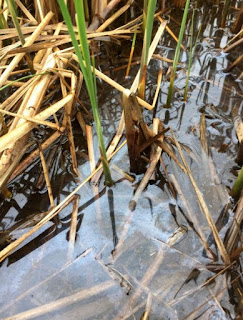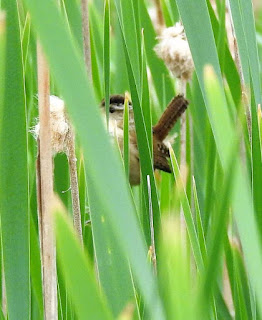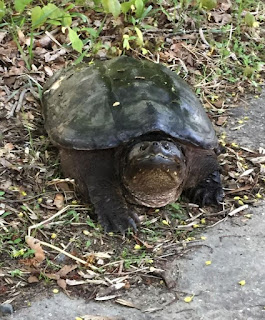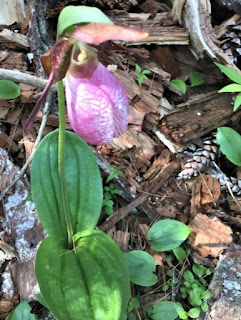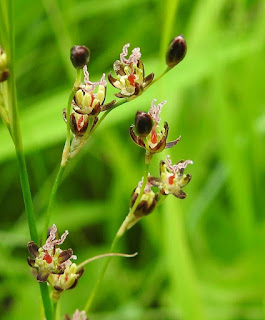
Nature News: Gender roles reversed for spotted sandpipers I am constantly reminded that I am not a very good birder. Most recently while traveling to Wisconsin I stopped in at the Montezuma National Wildlife Refuge in upstate New York (we have such great National Wildlife Refuges in this country I make it a point to visit one whenever I can). This refuge is located at the north end of Cayuga Lake (the longest of New York’s Finger Lakes) in the middle of one of the most active migratory routes for birds (the Atlantic Flyway) and provides resting, feeding and nesting habitat for a wide variety of waterfowl and other migratory birds. A spotted sandpiper along a stream in the Montezuma NWR A slender sandpiper was bopping along the edge of one of the river beds. I use the word “bopping” because it was doing just that - strutting and bobbing its tail as it walked. I was very excited... I didn’t recognize it. So I pulled out my bird book and identified it as a spotted sandpiper. Wow,

